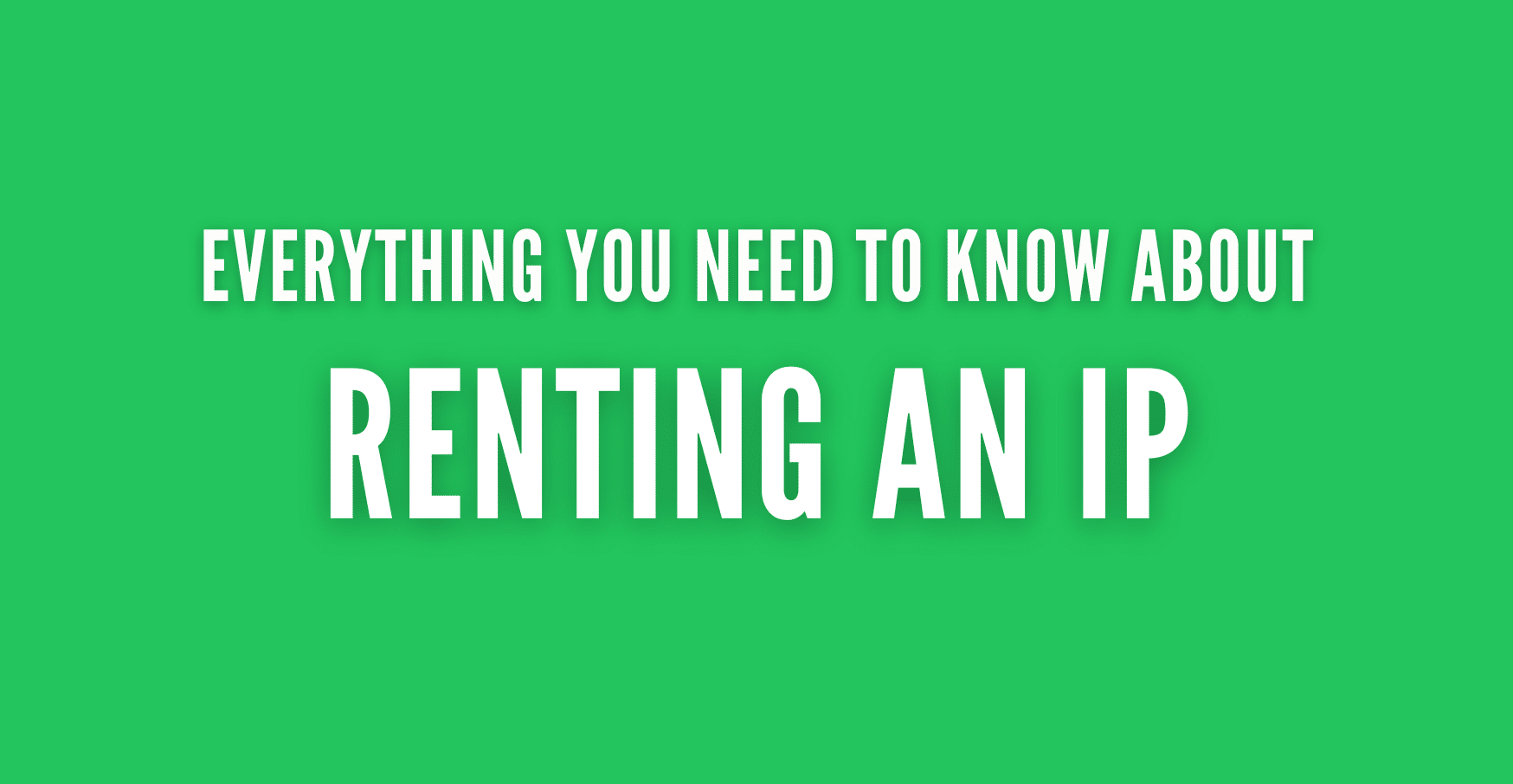Renting an IP address is the act of leasing digital space from a provider and not purchasing it. This practice has gained popularity since IPv4 addresses are becoming limited, and the demand is expected to keep increasing in 2025. Companies have resorted to the IP rental markets to stay in touch and grow their online activities without engaging in extensive investment. Renting an IP is a convenient and casual method of gaining secure and trustworthy IPs. This guide provides details on what renting and IP is, why it is essential and how to implement it successfully.
Importance of Renting an IP Address
The renting of an IP address will assist businesses in minimizing the initial expenses at the expense of having full network capabilities. Companies can lease IPs in short and long durations as required, depending on the projects, as opposed to purchasing them at high costs.
It is flexible and does not require the inconvenience of routing and compliance arrangements or even ownership transfers- the provider does all of it. Access to reputable, clean IPs is also another benefit that minimizes both the chances of blacklisting and deliverability problems.
The most common uses are email marketing, proxy services, web hosting and business expansion. The IP renting option offers organizations the ability to scale fast without committing to a long-term or paying high administrative expenses.
Step-by-Step Setup Guide for Renting an IP
1. Assess Your Needs
The first step to rent IPv4 address is to calculate the number of IP addresses you need in your project, e.g. a /24 or a /23 block. Determine your purpose: emailing, proxying, hosting, and determine regional preferences. Always design to be scaled, that is, small to start and grow as the demand increases.
2. Select and Register with a Provider
Register a service on a trusted IP market or leasing site, such as IPXO. Provide your business information, name, address, and whether you are using IP or not. Before allowing your account to be used in leasing, some providers may require you to sign a Declaration of Usage.
3. Choose IP Block & Lease Term
Filter the provider inventory based on block size, region, route, and price. Choose the IP range that you want (e.g., /24) and the term of lease (monthly, semiannual, or annual). Check the renewal terms, usage caps and fines in the contract.
4. Payment & Contract Signing
After selecting a block from IPV4 for sale, you need to look at the service contract and LOA (Letter of Authorization) and sign. Make payment using accessible payment options- bank transfer, card, or crypto. Provide any other routing or SWIP documentation that the provider may need.
5. Routing and Authorization
Your provider brings network paths after signing using a BGP announcement. Authenticate routing authorization, SWIP and IRR. Add RPKI/ROA records where needed. Also, check the geolocation information to make sure your leased IPs are correctly mapped and accessible.
6. IP Allocation and Setups
When the routes are active, allot the leased IPs to your servers or network infrastructure. Correctly set forward and reverse DNS (rDNS). Latency, connectivity and blacklist tests to be able to perform with optimal performance and a clean IP reputation.
7. Monitoring, Abuse Handling and Maintenance
Keep a constant check on your IPs on whether they are alive, blacklisted, or even on abuse reports. Immediately respond to complaints by providers or third parties. Active renewals–scale-out and scale-in when necessary, and roll over IPs and replace them easily in case of reclaiming by the provider.
Best Practices & Tips a Beginner Should Follow
In lease IP, it is always advisable to use clean IPs which have no blacklist history. Do not lease more IPs than you really need. This is because it results in unnecessary expenses or abuse. Take the best advantage of whatever you have by using NAT, subnetting, or any other effective address management technique.
Placing reminders of lease renewal to avoid service disruption. Agreement Negotiate bulk or long-term contracts to lower costs and provide stability. Ensure good IP hygiene- do not spam, do not abuse or do anything illegal that may damage your reputation.
Finally, check your IP reputation on a regular basis and respond fast to any problems to guarantee stability over the long run.
Understanding all Major Risks & Considerations
There are some dangers that come with leasing IP addresses. The providers can reclaim addresses under case of terms or conditions. The breach of compliance or contract regulations may result in the termination of services without a warning.
It is also influenced by the regional restrictions or routing limitations, which negatively impact performance and accessibility. The IP market is unpredictable, and the lease prices can go up because of demand or a change in policy.
Moreover, the leased IP management can also be complex technically. You need vast knowledge to use BGP or IRR settings. The awareness of these risks and the development of appropriate protection can ensure the uninterrupted work process and avoid the expensive network outages.
Ready to Lease? Let IPV4 TradeHub Empower Your Network!
Are you ready to expand your digital footprint without the massive costs of ownership? At IPV4 TradeHub, we make leasing IPv4 simple, transparent, and fast. Browse clean, reputation-checked blocks, choose regional IPs, and deploy within hours. Our scalable pricing and expert support mean you get only what you need, when you need it. Start your IP lease now with us to boost your reach, protect your brand, and scale smartly. Join us today!
